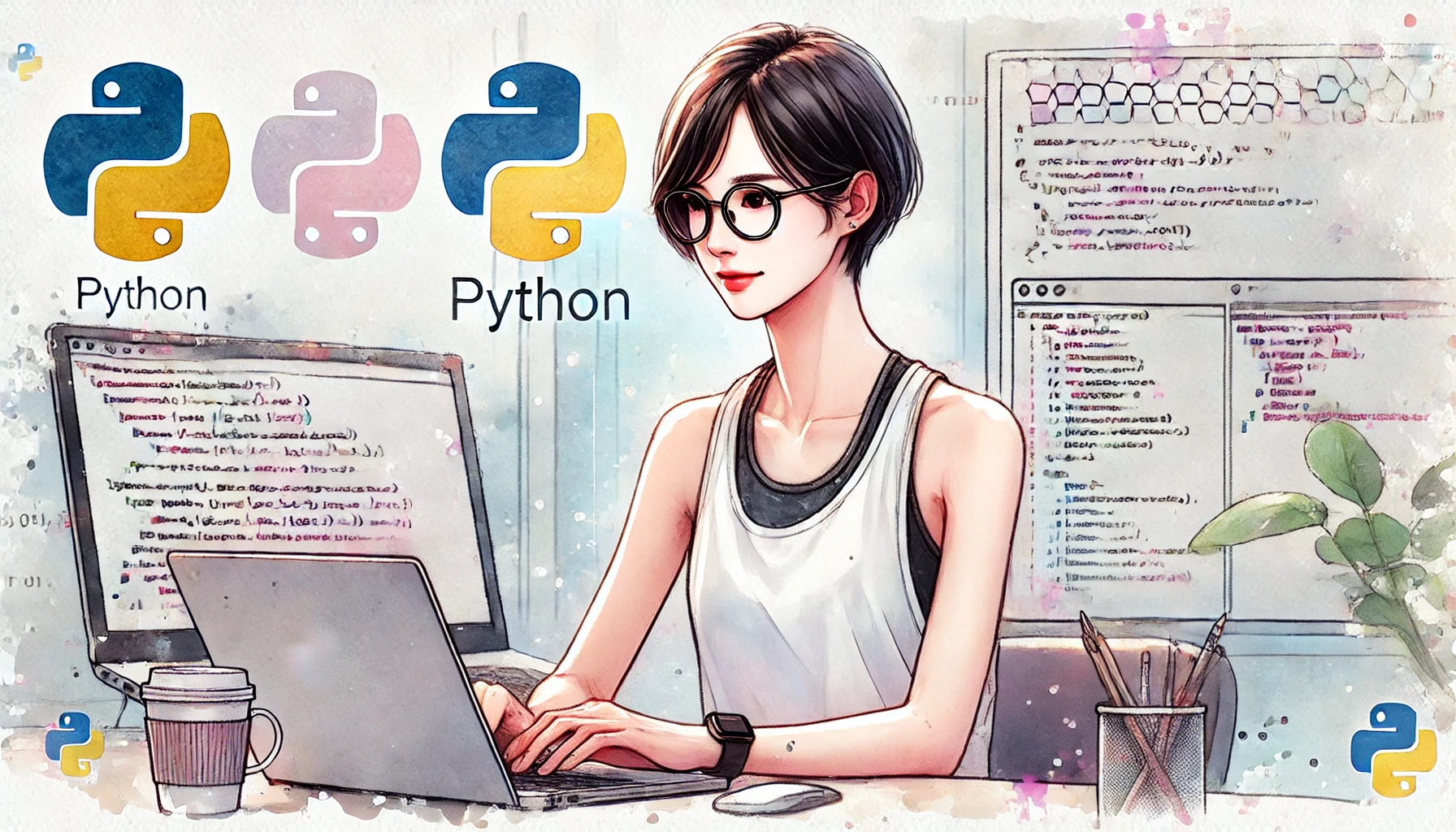Python 3でmultiprocessing.Processの戻り値を取得する方法
Pythonのマルチプロセッシングモジュールは、並列処理を行う際に非常に便利です。しかし、multiprocessing.Processを使用して新しいプロセスを作成した場合、そのプロセスで実行された関数の戻り値を直接取得することはできません。この記事では、multiprocessing.Processを使用して関数の戻り値を取得する方法を、具体的な例とともに解説します。
戻り値を取得するための基本的な方法
multiprocessing.Processを使用する際、戻り値を取得するための一般的な方法は、multiprocessing.Queueやmultiprocessing.Pipeを利用することです。これらを使うことで、プロセス間でデータをやり取りすることができます。
サンプルコード1: multiprocessing.Queueを使用する
以下の例では、multiprocessing.Queueを使用して、プロセスからの戻り値をメインプロセスに渡しています。
import multiprocessing
def worker_function(queue):
result = "Hello from the worker process!"
queue.put(result)
if __name__ == "__main__":
queue = multiprocessing.Queue()
process = multiprocessing.Process(target=worker_function, args=(queue,))
process.start()
process.join()
result = queue.get()
print(result) # 出力: Hello from the worker process!
サンプルコード2: multiprocessing.Pipeを使用する
次に、multiprocessing.Pipeを使用して同様の結果を得る方法を示します。Pipeは双方向の通信を可能にします。
import multiprocessing
def worker_function(conn):
result = "Hello from the worker process!"
conn.send(result)
conn.close()
if __name__ == "__main__":
parent_conn, child_conn = multiprocessing.Pipe()
process = multiprocessing.Process(target=worker_function, args=(child_conn,))
process.start()
process.join()
result = parent_conn.recv()
print(result) # 出力: Hello from the worker process!
サンプルコード3: multiprocessing.Managerを使用する
multiprocessing.Managerを使用すると、プロセス間で共有可能なリストや辞書を作成できます。これにより、複数の戻り値を簡単に扱うことができます。
import multiprocessing
def worker_function(shared_list):
shared_list.append("Hello from the worker process!")
if __name__ == "__main__":
with multiprocessing.Manager() as manager:
shared_list = manager.list()
process = multiprocessing.Process(target=worker_function, args=(shared_list,))
process.start()
process.join()
print(shared_list[0]) # 出力: Hello from the worker process!
まとめ
Pythonのmultiprocessingモジュールを使用する際に、プロセスの戻り値を取得する方法について解説しました。QueueやPipe、Managerを利用することで、プロセス間でデータをやり取りすることが可能です。これらの方法を活用して、効率的な並列処理を実現しましょう。
Python 3のmultiprocessingモジュールを使用して、multiprocessing.Processに渡された関数の戻り値を取得する方法は、multiprocessing.Queueを使用することです。関数の戻り値をQueueに格納し、親プロセスでそのQueueから値を取り出すことで、子プロセスからの戻り値を取得できます。
以下は、この方法の簡単な例です。
“`python
import multiprocessingdef my_function(x):
return x * xdef worker_function(x, queue):
result = my_function(x)
queue.put(result)if __name__ == ‘__main__’:
queue = multiprocessing.Queue()
process = multiprocessing.Process(target=worker_function, args=(5, queue))
process.start()
process.join()result = queue.get()
print(“Result from child process:”, result)
“`この例では、my_functionという関数を子プロセスで実行し、その戻り値をQueueに格納しています。親プロセスでは、Queueから値を取り出して表示しています。

